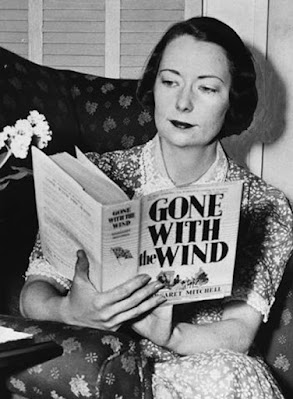The last 4 posts have examined the tale of America's oldest quilt, featured in the book Alabama Quilts where it is dated 1682. Facts do not substantiate that claim.
Links to the previous four posts:
https://barbarabrackman.blogspot.com/2021/01/a-1682-quilt-in-alabama-1-oldest.html
https://barbarabrackman.blogspot.com/2021/01/a-1682-quilt-in-alabama-2-new-england.html
https://barbarabrackman.blogspot.com/2021/01/a-1682-quilt-in-alabama-3-break-in.html
https://barbarabrackman.blogspot.com/2021/01/a-1682-quilt-in-alabama-4-who-was-sarah.html
Reprint
about 1850
3) Then there is slander, such as the
anti-religious propaganda of the Maria Monk diaries, attributed to Theodore
Dwight, thought to be the author of the forged diary of Sarah Kemble Knight.
4) And, unfortunately, some people have psychotic episodes believing voices are dictating stories to them.
6) Often it is the message that matters. Some people desire an idea to be true so firmly that they see nothing wrong in a little lying.
Did Alabama teacher Adeline Morse embellish a Massachusetts family quilt with a lengthier pedigree---just as she may have shortened her own when telling the 1870 census taker that she'd been born in 1820.
The complex tale of the 1682 quilt, America's "oldest quilt," its link to Sarah Kemble Knight and the Journal of Madam Knight probably weaves threads of various motivations. Slander would have little part in it and nobody seems to have heard voices so the strongest motivation for the persistence of the Sarah Kemble Knight myth might be the message this tale tells us.
Sarah Anne Hobson (1874-1953)
Anne and sister Margaret were keepers of
family heirlooms like the quilt fragment & family stories
We could find a parallel in the
image of the Southern plantation historic home.
Karen L Cox in Dreaming of Dixie: How the South Was Created notes that in the Gone With the Wind novel Margaret Mitchell described a more typical and more modest house but set decorators created a new fiction. Mitchell "feared that Hollywood might add columns 'on the smokehouse, too.' "
Margaret Mitchell (1900-1949)
Mitchell: "Southerners could write the truth about the ante-bellum South [but] everyone would go on believing in the Hollywood version."
I'm afraid the "1682" quilt relates more to the Hollywood version than to the accurate textile history version.
And that's a wrap on quilts from 1682.
Although you could read Karen L. Cox's Dreaming of Dixie: How the South Was Created










I have really enjoyed this! Thank you!
ReplyDeleteThanks for these wonderful posts. I particularly like your reason #6. Our family has passed down so many little "stretched" stories it has been an effort to snap them back to the truth. I am thankful for some of the genealogy software. Somehow when they see it in print, it becomes easier to swallow.
ReplyDeleteI really enjoyed this, and the research that went into it.
ReplyDeleteThank you. Great info. It amazes me the people who tell me about quilts made here from the 1600s by their relatives. And they slept under them as children. I guess its too much of a disappointment to know the more boring history. I, like those of us who study for historical truth, prefer it and find that more exciting than a tale.
ReplyDeleteI totally enjoyed this series of posts! Thank you!
ReplyDeleteSuperb research and presentation. How do you find all those pictures?
ReplyDeleteRe Pictures: I just love visual stuff and my idea of a break is rather randomly looking around the internet for relevant pictures. I've also gotten good at photoshopping. Isn't that a cute picture of Margaret Mitchell.
ReplyDelete